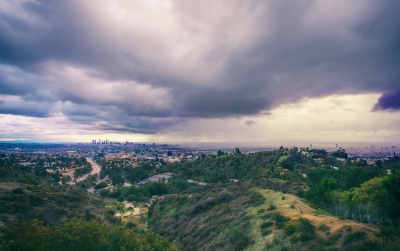What are atmospheric rivers?

Scientists have predicted that East Asia will experience extreme rainfall events due to climate change. In a new study published in Geophysical Research Letters, a research team led by the University of Tsukuba has reported that with a future scenario of 4 degrees of warming of global-mean surface air, these events are likely to become more frequent and intense in the future, especially in the mountainous parts of East Asia such as the Japanese Alps region.
The pouring rain will be brought on by a weather phenomenon called atmospheric rivers, scientists have reported. To reach their conclusions, the scientists ran simulations based on meteorological data collected from 1951 to 2010, modelling that data out to the year 2090.
Atmospheric rivers are long, flowing regions of the atmosphere that carry water vapour through the sky. They are about 250 to 375 miles wide and can be more than 1,000 miles long. The atmospheric rivers flow in the direction of moving air created by weather systems. They are also called rivers in the sky.
In general, they pick up water vapour from the warm, moist air of tropical regions and they drop the water over land in cooler regions as rain or snow. When one of these bands meets a barrier, such as a mountain range, it releases extreme levels of rainfall or snowfall in a short time. Precipitation from atmospheric rivers is thought to contribute about 20% of the Earth's total water flow. For some regions, increased rainfall will be a benefit for others, they could cause dangerous, life-threatening flooding. As the climate warms, there will be an increase in air moisture, which in tur means that atmospheric rivers are projected to become more intense, larger and carry higher volumes of water vapour.
The study authors have said that though their research focussed on Asia, their findings are likely applicable to other regions of the mid-latitudes where interactions between atmospheric rivers and steep mountains play a major role in precipitation, such as in western North America and Europe.
Picture Credit : Google